“Human-centered solutions designed with clarity, care, and purpose.”

Enhances social connection between users and emerging comedians
Design a platform that brings people together through laughter, making comedy more social and connected — no matter the distance.
PROJECT DELIVERABLES:
UI/UX Design
Project Duration:
15 Weeks
Technologies:
Figma, Miro, Material Icons, Google Forms, Excel
Problem:
Despite the rising popularity of stand-up comedy and an expanding pool of talented comedians, the current entertainment app landscape lacks a dedicated platform focused solely on comedy. This gap limits exposure for emerging artists and leaves audiences without a centralized hub for diverse comedic content. As demand grows for easily accessible, laughter-driven entertainment, there's a clear need for a platform that brings together comedians and comedy lovers - fostering discovery, connection, and community in the comedy space.
Solution:
Design a digital platform that serves as a one-stop destination for all things comedy — including stand-up specials, comedy movies, skits, memes, short clips, and live event bookings. The platform will cater to a wide range of users by offering both curated content and personalized recommendations. It will also support emerging comedians by giving them a space to showcase their talent and connect with a broader audience, ultimately making comedy more accessible, social, and connected.
My Role:
I led the end-to-end UX design process for the comedy OTT app — starting with user research, competitive analysis, and persona creation. I mapped user journeys, built task flows, and structured the information architecture. I created low to high-fidelity wireframes, designed the UI, and developed an interactive prototype. I also conducted usability testing to validate and refine the experience.
Process:


User Research Summary:
To better understand user needs, motivations, and behaviors, I conducted user research using both qualitative and quantitative methods. These insights helped shape the direction of the product and informed key design decisions.
Qualitative Research
I conducted 17 one-on-one interviews with participants from diverse backgrounds — including IT, food, pharmaceutical, design, and education industries, as well as university students. This helped gather a wide range of perspectives and uncover common patterns in how users engage with comedy content.
Interview Questions
- Can you tell me your name and what you do for a living?
- What are your hobbies or interests? How do you usually spend your free time?
- What does entertainment mean to you personally?
- Do you enjoy comedy? If yes, what types or genres do you like the most?
- What's your favorite comedy show and why?
- Where do you usually watch comedy content (e.g. mobile, TV, laptop)? Any reason for your choice?
- Do you have an all-time favorite comedy movie or web series? What do you love about it?
- Who is your favorite stand-up comedian and what do you like about their style?
- Have you ever used a platform that focuses only on comedy? If yes, what was your experience?
- How would you feel about having a dedicated platform just for comedy content?
- What are your thoughts on a feature that lets you watch comedy shows virtually with friends and see their live reactions?
- Do you have any suggestions on what features or types of content should be included in such a platform?
Interview INSIGHTS
- User 1: I keep switching between YouTube, Instagram, and other OTT platforms just to find the comedy I enjoy. Having one dedicated place for all types of comedy content would make things so much easier.
- User 2: There should be clear categories like light, daily, and family humor. Since the app's core purpose is to make people laugh, it needs to keep users engaged from the start.
- User 3: It would be great to see comedy organized by genre — it helps us discover new types of humor we might not usually explore.
- User 4: Content should be personalized based on user interests, followed by smart recommendations. This could be done by understanding user preferences.
COMPETITIVE ANALYSIS
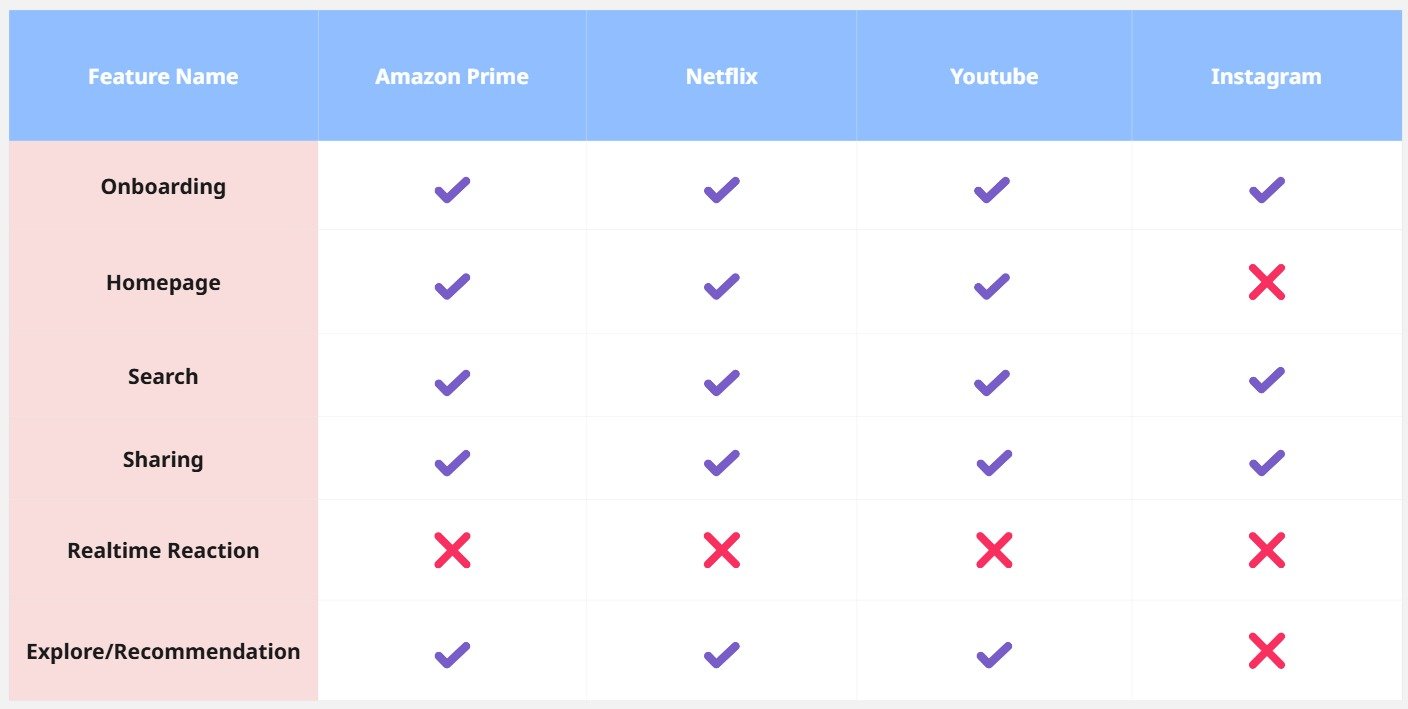

USER PERSONA
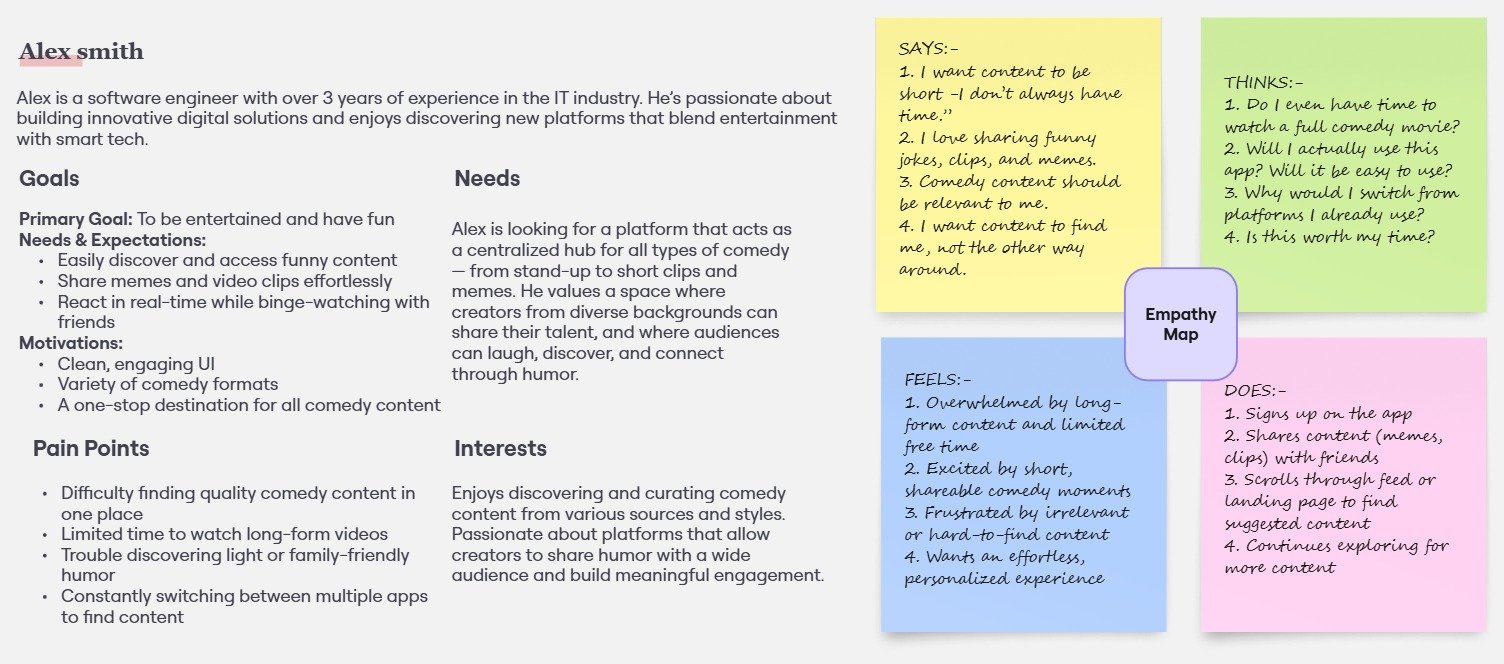

Brand Guideline
client provided a logo and core brand elements, including primary colors and font preferences. I expanded on this by creating a consistent visual language across the website — covering typography, spacing, icon usage, and component styling.
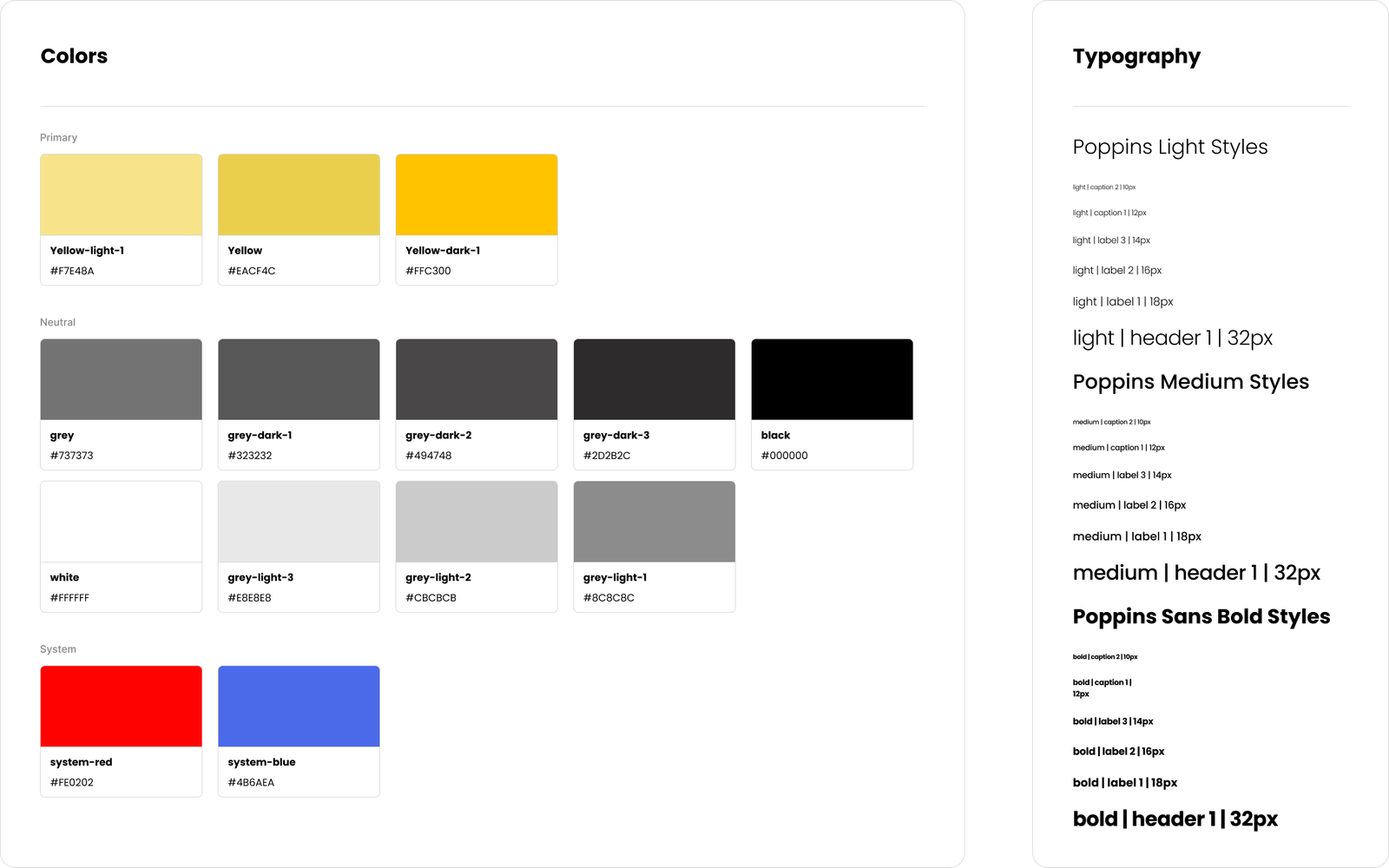

Information Architecture
I developed an information architecture to better understand the steps users might take to accomplish their goals with a low error rate in order to gain a better understanding of how users will navigate and use the information.
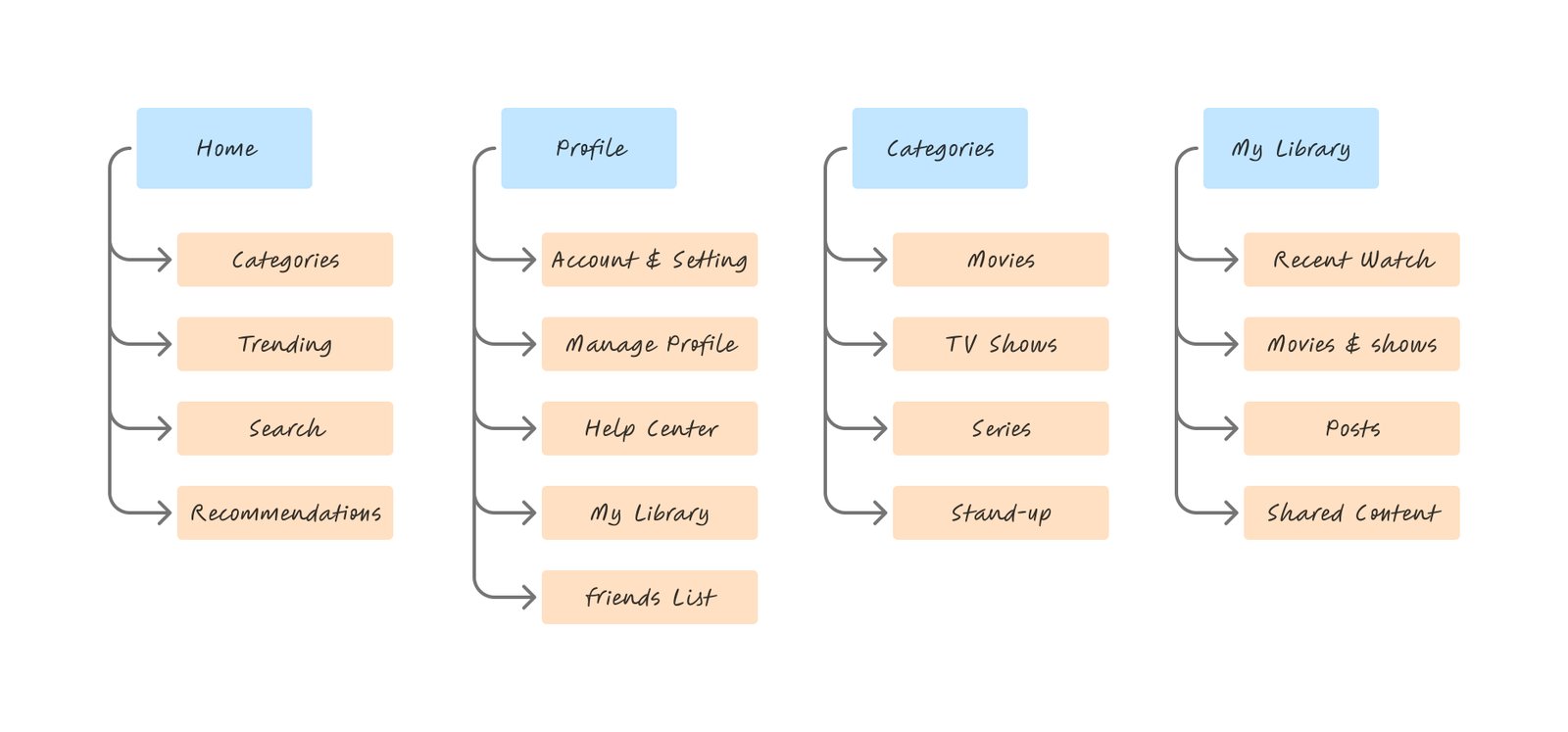

User Flow
To prevent users from becoming trapped while interacting with the product, I built a user flow. I considered users and how they would engage with completing a particular task when I was constructing.
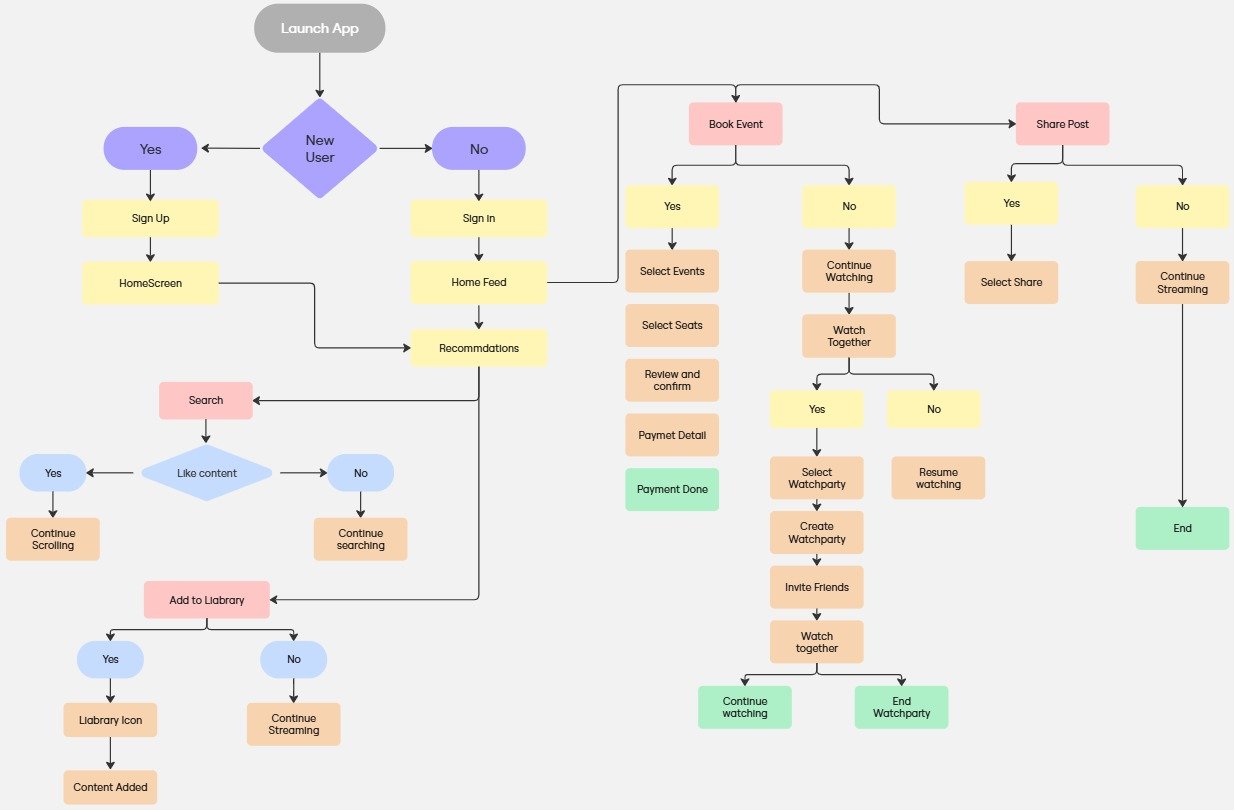

Mind on paper - Sketches:
Based on research, it came to attention that it was important to introduce the users to what is Placemaking. So I introduced an on-boarding experience of the website. Below are some of the sketches:


Low-fidelity wireframes:
In building wireframes, I ensure a consistent and user-centric flow of movement throughout the process. So I used figma to quickly create low-fidelity mobile and desktop prototypes. Below is few of the wireframe:


High-fidelity Figma prototype


Learnings and Takeaways
Designing for joy is serious work.
Through this project, I learned that creating a platform centered around humor requires more than just fun visuals - it demands thoughtful user flows, smart content categorization, and personalization to truly delight users.
User research shapes everything.
Conducting interviews and empathy mapping helped me see the product from real users' perspectives, leading to more meaningful and relatable design decisions.
Ready for More?